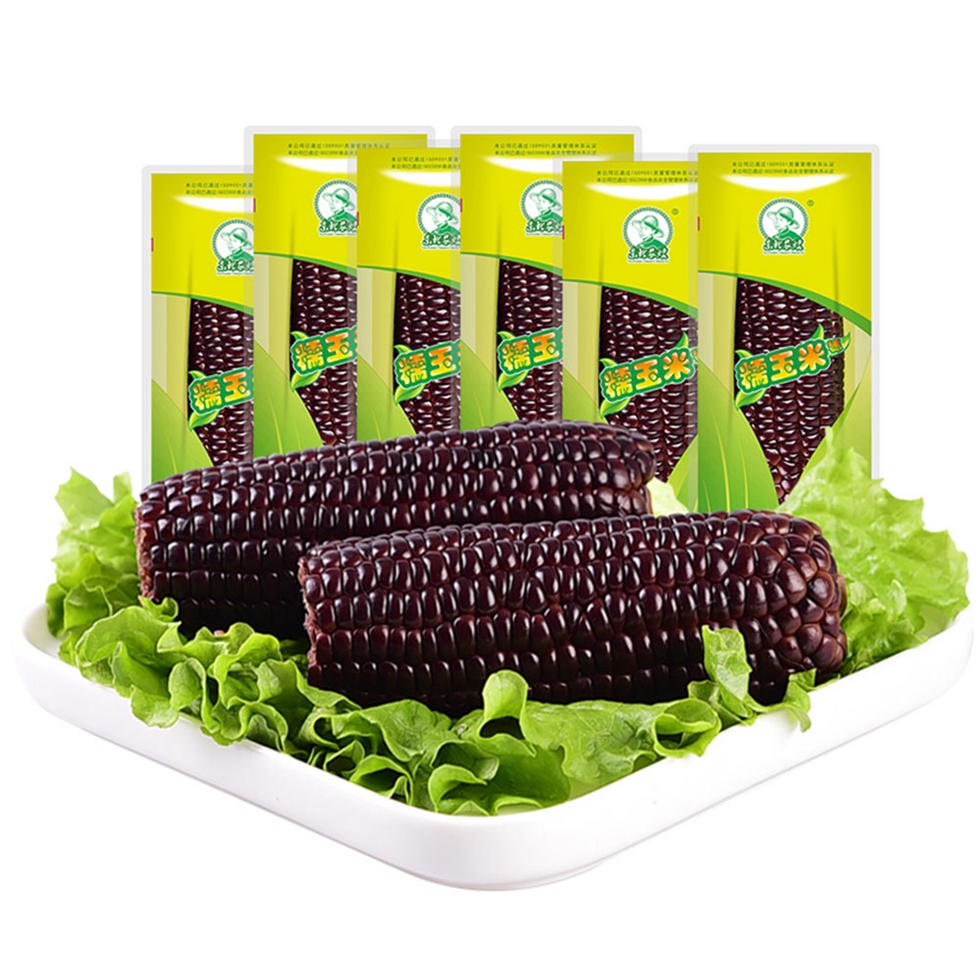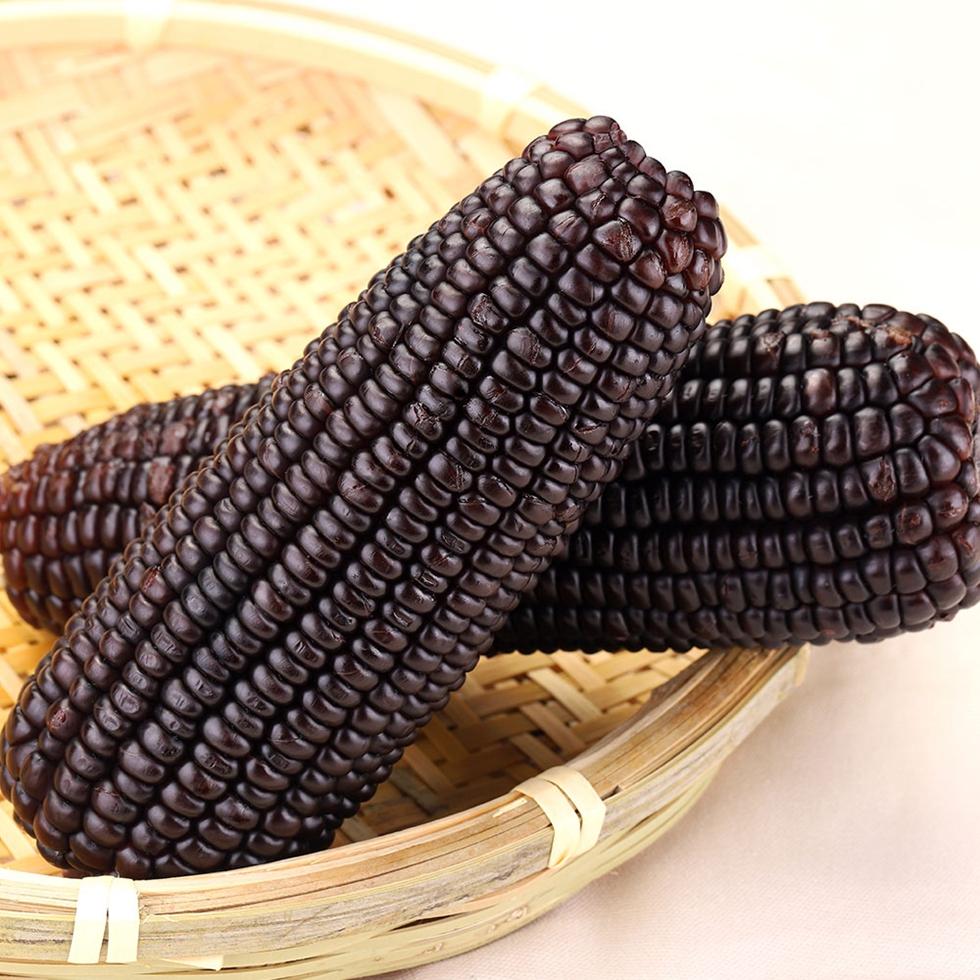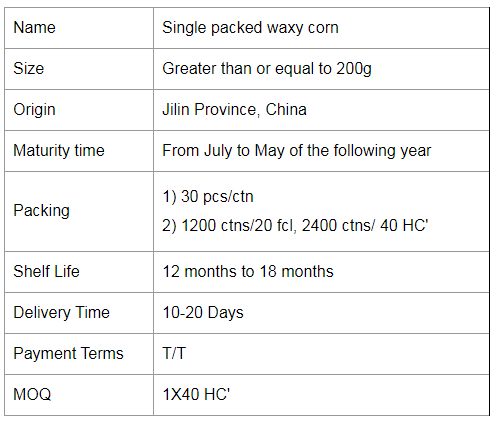Millet high-yielding cultivation techniques
The nutritional value of millet is very high, and the growing area is becoming less and less. The reasons are: First, the yield of millet is low, and the second is the very strict requirements on soil quality, especially the millet is afraid of embarrassment, like the land and higher plots. In addition, the amount of organic fertilizer applied in the farmland is too little or not applied for many years, and a large amount of inorganic chemical fertilizers are used, the organic matter content is getting lower and lower, the soil aggregate structure is seriously damaged, and the consolidation degree of the cultivated layer is also greater. The more and more, it is also more and more detrimental to the growth and development of millet. In fact, millet is not naturally a low-yielding crop, as long as it can grow and manage according to the biological principles of millet, create and provide good conditions for its growth and development, and meet its living requirements, it will obtain an ideal yield. First, we must choose fertile land that does not contain water during the rainy season, and it is best to use river silt with high organic matter content. The former soybean, corn and sorghum can all be used. Secondly, we must select high-yield and high-quality grain suitable for planting in this region. After the wind-selection to remove impurities and unrealistic grains, the germination rate should be close to 100%. Thirdly, the selected grains should be thoroughly disinfected with Saili San, Germicide Spirit or salt water before sowing, and then seed dressing with 0.3% gold-bearing Manchurian, dried in the shade for 5 hours.
When planting, the original will be ditched and ditched. Each acre will be applied with 1500 kg-2000 kg of high-quality farmyard fertilizer, 15 kg of urea, 10 kg of phosphoric acid dibasic or 30 kg of superphosphate, 10 kg of potash, and then closed. Wait 15 centimeters. Before the start of broadcasting, install 3 adjustable depth shade opener (iron or wood root) on the rear girder. The spacing is 6 cm. The depth of the seed ditch is 3 cm. The sowing hole of the sowing box must be open facing the opener. Ditch, equidistant 3 line drill. After the soil is covered with a flat puller, the seed can be tightly closed, and the surface soil can be compacted after being flattened with heavy rakes.
After the emergence of millet, in the 2.5-leaf and 3-leaf period, seedlings are to be sparse and all rows of seedlings will be pulled out. 4 leaves - 5 leaves during the fixed seedlings, plant spacing 4.5 cm -6 cm, can not be too dense, after two times cultivating loose, with chase fertilizer or special small pointed hoe in the three rows of seedlings between the two rows of trenches, one It is feasible to loosen the soil, the second is to cultivate roots, the third is to top-dress in the trenches, topdressing 10 kg of urea or 15 kg of ammonium nitrate per mu, and immediately cover the soil after dressing. 6 leaves, 8 leaf stages, before heading, and early filling stage, each spraying 15 grams of 4 times liquid gold per mu, and other usual management. Http://
Colorful Mottled Waxy Corn is generally white, yellow, red, purple and black, with white, yellow and Black Waxy Corn being the basic colours. The purple gene of a purple-white cross naturally becomes purple if it "beats" the white gene, and vice versa, so if the two make a tie, we see white and purple corn. Purple can turn into red and Fresh Black Corn, or as we often say, "red is purple and black is purple". Of these Mottled Waxy Corn, the most common Yellow Waxy Corn is the most nutritious, as it is rich in carotenoids.



Purple Waxy Corn,Single Packed Waxy Corn,Single Packed Black Waxy Corn,Single Packed Purple Waxy Corn
Jilin Province Argricultural Sister-in-law Food Co., Ltd. , https://www.nongsaocorns.com